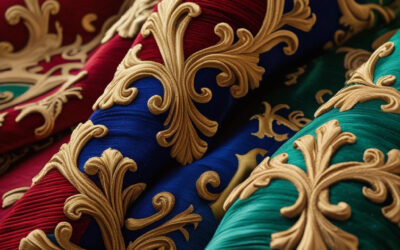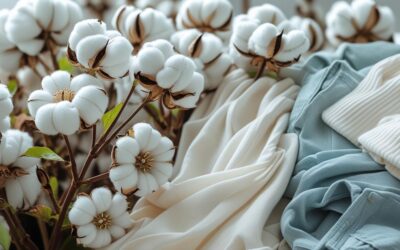Threads of Time: Woven Epics of Flanders
Threads of Time: A Journey Through World Folk Weaving Traditions
Volume I – Belgium
In the ancient towns of Flanders, where cobbled streets echo with the hush of history and cathedrals stand like stitched prayers, weaving was not confined to the home—it soared into the halls of kings and saints.
This is not a story of the hearth, but a story of the epic wall—where entire narratives were embroidered into cloth, and color was drawn from roots and flame. Welcome to the first thread in our series: a journey into the timeless world of Belgian tapestry.
A Tapestry Is a Text in Thread
As early as the 14th century, the cities of Brussels, Tournai, and Bruges wove themselves into history—not only through trade and stone, but through warp and weft. In tall wooden looms, artists and apprentices wove saints and sinners, gardens and wars, allegories and dreams. Each tapestry was a silent book, stitched in wool, silk, and gold.
But it was not stitched alone.
Behind every thread was a community. Behind every image, a guild.
Guilds, Dyers, and the Golden Thread of Flanders
Belgium’s weaving legacy was made possible by its powerful guild system, where craftsmanship was protected and perfected over generations.
- 1368 – Guild of Tapestry Weavers is formally established in Brussels
- 1476 – Dyers’ Guild codifies natural recipes:
* woad for blue
* weld for yellow
* madder root for red - 1515 – Brussels workshops become Europe’s elite tapestry producers, exporting to royal courts and cathedrals
Each color was a carefully guarded secret. Dye baths were mixed with plant knowledge and patience, then used to transform Flemish wool into story-saturated hues—deep as dusk, bright as barley, rich as the rose window of a Gothic chapel.
A tapestry could take months. Sometimes years. It was slow, deliberate, and reverent—just like truth.
More Than Decoration
Belgian tapestries were portable cathedrals—hung across castle walls to warm the stone and quiet the soul. They were used to educate, to impress, to remember. And while grand in scale, they were born from hand, thread, and earth.
Even today, in towns like Mechelen, artisans at the Royal De Wit Workshop restore these masterpieces stitch by stitch. And in museums across Europe, we still see their color, their composition, their whisper.
Why Begin Here?
At Pure Cotton Lifestyle, we believe that weaving is more than a process—it is a practice of remembering. Belgium’s tradition of storytelling through textiles reminds us that fabric can carry not just texture, but meaning.
And while this tale begins in Flanders, the thread does not end here.
What Should We Weave Next?
We invite you to join us in this journey. As we continue the Threads of Time series, we’ll travel through looms in mountaintop villages, desert tents, forest clearings, and seaside workshops.
Which region’s weaving traditions do you dream of exploring?
Is it the backstrap weavers of the Andes? The indigo masters of West Africa? The silk storytellers of Southeast Asia?
Comment below or write to us at PureCottonLifestyle.com/contact.
Your suggestion may become our next journey.
Until Then…
Let us honor the tapestry:
Woven with intention.
Rooted in soil.
Written in thread.
From the old halls of Belgium to your own slow day, may each fiber in your life be chosen with care.
Galia
Browse Our Favorite Finds
Threads of Time: Versailles and the Golden Language of Silk
The loom hums in gold. A thread glints like...
Fast Fashion vs. Slow Fashion: Why It’s Time to Rethink Our Wardrobes
There are shirts in our closets that have never...
Cotton, Linen & Wool: Why These Fabrics Have Lasted for Centuries
Written in the romantic, breezy spirit of Pure...


